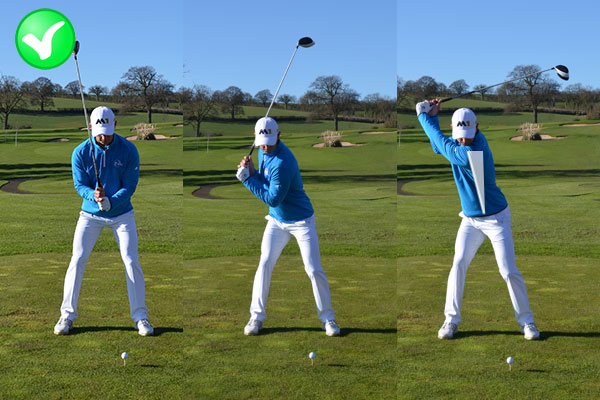Drivers For Golf
Improve your game and shop a huge selection of the most technically advanced men’s, women’s and kid’s golf drivers from all the top-rated brands at TGW.com.
Idm Dan Paswordnya. Your driver is probably going to be the most technologically advanced and expensive club in your bag. New models arriving in pro shops feature moveable weight systems, exotic materials and designs that look nothing like what Old Tom Morris would have swung. So before you plunk down your hard-earned greenbacks, you'd better arm yourself with some information. Here are five things you'll want to know before you make your next driver purchase. 1.) How do I maximize distance?
You want to hit the ball farther. Or to be more accurate, you want to humble your buddies and quietly walk down the fairway with a smirk on your face, then nod as if to say, 'You fellas are away.' Here's the deal: Back in the day, it was thought that the best drives started low, then shot high in the air. We now know that those kinds of shots have too much backspin. In order to get the ball really deep down the fairway, we now know that you need to maximize carry distance.

You want get the ball started on a high launch angle, and once it is in the air, you want it to hang up there due to just the right amount of backspin. Too much backspin and the shot will balloon up, then fall straight down. Hasi To Fasi Mp3 Songs. Too little spin and you can't keep the ball in the air long enough. AP Photo/Lynne Sladky 2.) So how much loft do I need?
Do your drives feel rock solid when you hit them, but fall like a stone and drop short? That's a sure sign that you are not generating enough backspin with your driver.
It's also likely that you are one of those players who hits your 3-wood better off the tee than your driver. Don't worry, you're not alone. More than a few players get more carry distance and better control with their 3-wood off the tee.
Sure, the shorter shaft of your 3-wood will give you more control, but it's the loft, which is about 15˚, that really is the key. If your driver has 9.5˚ or 10.5˚ of loft, and your typical swing is about 85 mph, which is about average for male players, then you may not generate enough backspin to keep the ball in the air long enough to maximize carry distance.
Generally speaking, the slower your swing, the more loft you need on your driver. The faster your swing, the less loft your driver needs to create the ideal amount of backspin. The more backspin you impart on the ball, the straighter your shot will probably fly. Microsoft Office 2007 Pro Torrent. For this reason, you never hear about someone slicing a 9-iron or wedge.) It's pretty safe to say that any player with a swing speed slower than 75 mph should be playing with a driver that has at least 12˚ of loft. But unfortunately, you can't make a nice, clean assumption about how much loft you need if you swing much faster than that because there are so many variables in the golf swing.
One 90 mph players may be 10.5˚, but another 90 swinger might only need 9.5˚. Generally speaking, a lower flexpoint will produce a higher ball flight, which can be good for slower-swinging players. The shaft literally flexes closer to the head of your driver and 'kicks' it through the impact area so the ball goes higher into the air.
A high flexpoint, again, generally speaking, won't kick the ball up as much and produces a lower ball flight. This would be ideal for someone who swings his driver very fast, and therefore creates a lot of natural backspin.